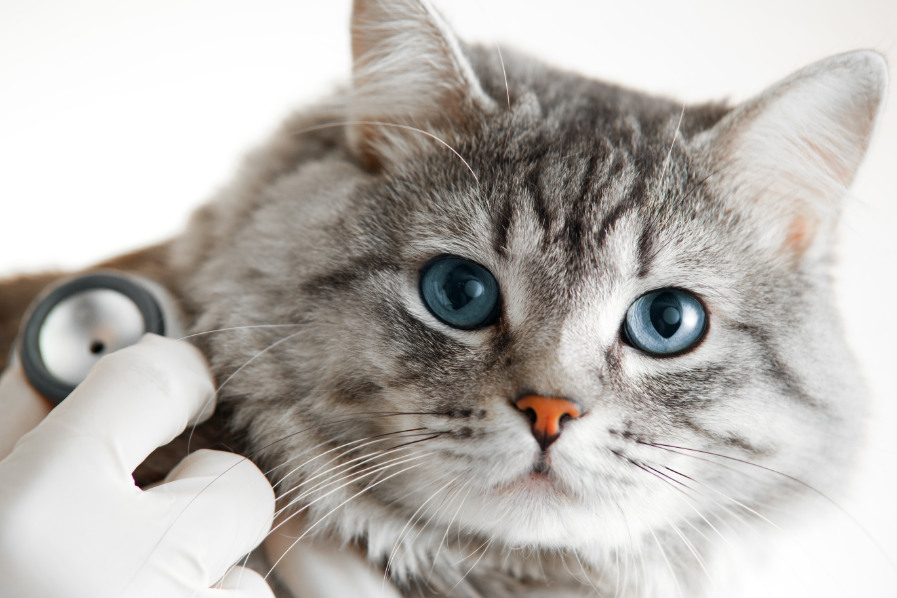
All Young Again foods meet or exceed AAFCO standards
Young Again Pet Foods have been created with the ultimate health of your pet in mind. Top shelf ingredients and pride in our product go into every bag.
Association of American Feed Control Officials (AAFCO) regulates the ingredients that can be used in both animal and pet foods in the U.S. They determine which ingredients can or cannot be used to make a food and they may also restrict the amount of a particular ingredient. AAFCO also provides uniformity in labeling so consumers have a standard whereby they can compare products. For example, AAFCO regulates what’s included in the guaranteed analysis, the order in which ingredients are listed, label content/layout and marketing/product claims.
AAFCO also provides a minimum standard of nutrients that every food must meet. For example, AAFCO has determined that the minimum protein for maintaining the health of an adult cat is 26% protein and the minimum protein necessary for the healthy growth of a kitten to be 30% protein. These minimums are established by feeding 8 cats these and other nutrient minimums for 26 weeks. If, at the end of the 26 week trial, the cats pass a set of blood tests and health evaluations; the minimum nutrient level is set. AAFCO is not making a claim that 30% protein is optimal for kitten growth, they are only stating that testing has shown it to be the bare minimum to maintain the kitten’s growth and health. What AAFCO does not do is approve any pet food on the market. AAFCO is only concerned that companies follow a uniform set of guidelines and that no food falls below the minimum or maximum standards they have determined for each animal. AAFCO does have a set of testing protocols they have developed for many animals; for cats it is called the Minimum Feeding Protocol for Providing a Growth/Adult Claim for a Cat Food. Basically, if at the end of a 26 week feeding trial, the researcher must certify that the eight cats have not, on average, lost more than 15% body weight, show no sign of clinical/pathological/nutritional deficiency or excess and pass the blood test/medical exam. The food is then deemed to have passed one of the AAFCO feeding trials. There are several different trials that can be done depending on the claim you wished to make on the product label. With a successful feeding trial, the company could now claim on their label: This product meets the criteria for all life stages as substantiated by completion of the appropriate AAFCO-recognized animal feeding protocol(s). If a company chooses not to do the feeding trial then the company could claim on their label: This product meets the criteria for all life stages established by an AAFCO-recognized nutrient profile. This claim means that the company has met and or exceeded the requirements mandated by AAFCO. Most every cat food on the market will meet the minimum standards set by AAFCO. If you want to determine the most accurate assessment of your individual cat’s health while feeding a particular food, have your vet perform a physical exam that includes blood and urine panels. Most vets perform these tests routinely and they are generally more extensive than the tests required in the AAFCO feeding trial. Cats respond differently to various foods and the only way to know how your cat is doing on a specific food is to do your own testing. Your vet can easily determine if your cat is performing well on their current diet. Continued testing of your cat’s health over many years is a better measure of the cat food you are feeding than a one-time test administered to laboratory cats. Is a feeding trial the true measure of a food or is personalized testing done by your vet a better choice? At Young Again, we see minimal value in lab results from a one-time feeding trial. We prefer instead to do veterinary testing over time to determine the health of cats consuming our foods. Is it better to feed your carnivore cat a bowl of pasta or a steak? For reference, a juvenile mouse (your cats natural prey) is on average 50-54% protein, 22-26% fat and 3-4% carbs. By contrast most adult cat foods contain 33-40% protein, 11-20% fat and 20-35% carbs. All Young Again Cat Foods contain at least 50% protein, more than 22% fat and are either less than 6% starch in our standard foods or less than 1% starch in our ZERO line of foods. The bottom line: Are you feeding your carnivore nutrition or fillers? A bowl of pasta or a steak?